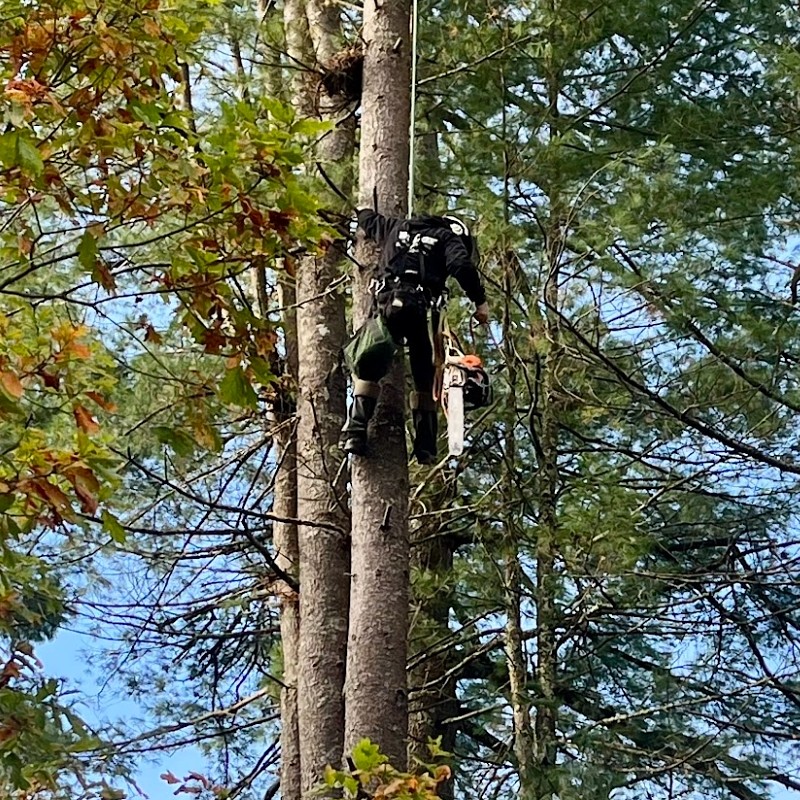Your child’s excitement is palpable as they spot a shiny new car in the toy store. But as you look closer, you notice there are two different types: ride-on cars and push cars. You start to wonder, what’s the difference between them? While both options offer endless fun and help develop motor skills, they cater to different stages of your child’s growth. A ride-on car lets your child take the wheel, moving around with a bit more independence, while a push car is perfect for toddlers who still need a bit of support. In this blog, we’ll explore these differences and help you understand which type of car fits your child’s needs. Toys for kids aren’t just about play—they’re tools for growth and learning.
What Is a Ride-On Car?
A ride-on car is a battery-operated vehicle that allows children to drive around independently. These cars are often designed to mimic real vehicles and come with various features that enhance the driving experience:
- Battery-Powered: Ride-on cars are powered by rechargeable batteries, usually 6V or 12V, providing enough energy to drive the car at a controlled speed.
- Self-Driving Mode: Many ride-on cars allow children to steer and operate the car by themselves, giving them a sense of independence and control.
- Remote Control Option: For younger children, parents can control the car using a remote control, ensuring safety while allowing the child to enjoy the ride.
- Realistic Features: Ride-on cars often include features such as working headlights, horn sounds, and music, making the driving experience more immersive and fun.
Age Range for Ride-On Cars
Ride-on cars are typically suitable for children aged 2 to 7 years. However, the recommended age can vary depending on the model and features. For example, the Hot Racer (₨ 25,800) is designed for children aged 2-6 years, offering a thrilling driving experience with a 12V battery.
Benefits of Ride-On Cars
- Independence: Children can drive the car themselves, boosting their confidence and independence.
- Imaginative Play: The realistic design and features of ride-on cars encourage imaginative play, allowing children to role-play as drivers.
- Motor Skills Development: Operating a ride-on car helps develop motor skills, hand-eye coordination, and spatial awareness.
What Is a Push Car?
A push car is a manually operated toy vehicle that requires either the child or a parent to push it for movement. Push cars are designed for younger children and are often used as a transition from strollers to more independent mobility:
- Manual Operation: Unlike ride-on cars, push cars do not have a motor. Movement is generated by either the child pushing with their feet or a parent pushing the car from behind.
- Parental Control: Push cars typically come with a handle for parents to push and guide the car, ensuring the child’s safety and direction.
- Foot-to-Floor Design: Some push cars are designed for toddlers to sit and use their feet to push the car forward, helping them develop leg strength and coordination.
- Lightweight and Simple: Push cars are generally lighter and simpler in design, making them easy to maneuver and suitable for indoor and outdoor play.
Age Range for Push Cars
Push cars are ideal for younger children, typically between 1 and 4 years old. For instance, the Mini Stroller (₨ 3,870) is designed for children aged 1-5 years, providing a safe and enjoyable ride with safety handles and a footrest.
Benefits of Push Cars
- Parental Control: Parents can control the movement, ensuring the child’s safety, especially for younger toddlers.
- Developmental Support: Push cars aid in the development of walking skills, balance, and coordination for toddlers.
- Lightweight and Portable: Easy to carry and maneuver, making them perfect for both indoor and outdoor play.
Comparing Ride-On and Push Cars: Key Differences
Understanding the differences between ride-on and push cars will help you decide which one is better suited for your child’s age, abilities, and interests:
| Feature | Ride-On Car | Push Car |
| Power Source | Battery-powered | Manual, requires pushing |
| Age Range | 2-7 years | 1-4 years |
| Operation | Child drives independently or via remote control | Child or parent pushes the car |
| Features | Realistic, includes headlights, horn, music | Simpler, lightweight, may include parental push handle |
| Developmental Focus | Motor skills, independence, imaginative play | Walking skills, balance, coordination |
What Are Some Popular Ride-On and Push Cars Available in
In Pakistan, you can find a wide range of ride-on and push cars that cater to different preferences and budgets. Here are some popular options available at Toyishland:
Popular Ride-On Cars:
- Storm Chaser: A dual-motor, 12V battery-operated ride-on jeep with self-driving mode, remote control, and mobile app control, perfect for kids up to 7 years.
- A Class: A 6V dual battery ride-on car suitable for children aged 2-5 years, featuring a sleek design and single operation mode.
- S Class: Another 6V dual battery ride-on car with dual operation modes (self-driving and remote control) for children aged 2-5 years.
Popular Push Cars:
- Mini Racer: A manual ride-on car for toddlers aged 18 months and above, available in various colors and designed to help children learning to walk.
- Merc Stroller: A ride-on push car stroller for children aged 1-5 years, combining fun and functionality with a classic design.
- Smart Stroller: Another push car stroller option, designed with safety and support handles, suitable for children aged 1-5 years.
Kids Car Prices in Pakistan: What to Expect?
When shopping for Kids toys, particularly toy cars, understanding the price range is essential. The Kids Car Price in Pakistan varies depending on the type, brand, and features:
- Ride-On Cars: These tend to be more expensive due to their battery-powered operation and additional features. Prices can range from ₨ 2,515 for simpler models like the Mini Cooper to ₨ 35,000 for more advanced models like the Storm Chaser.
- Push Cars: Push cars are generally more affordable, with prices starting around ₨ 1,550 for models like the Mini Racer and going up to ₨ 4,700 for more feature-rich options like the Merc Stroller.
Which One Should You Choose for Your Child?
The decision between a ride-on car and a push car ultimately depends on your child’s age, developmental stage, and personal preferences:
For Younger Children (1-4 years):
Push cars are ideal as they are safer, easier to control, and help in developing motor skills. These cars are designed to be manually powered by your child’s feet, allowing them to push themselves along at their own pace. This feature not only ensures safety but also aids in the development of their leg muscles and coordination. Push cars are typically lower to the ground, reducing the risk of tipping over and making them a safe choice for toddlers who are still mastering their balance. Additionally, they are more affordable compared to motorized options, making them a budget-friendly choice for parents. The simplicity of push cars encourages active play, helping young children to build confidence in their physical abilities while having fun.
For Older Children (2-7 years):
Ride-on cars offer more excitement and independence, catering to children who are a bit older and ready for a new level of adventure. These cars are often battery-operated, providing a thrilling experience that mimics real driving. With features like steering wheels, pedals, and even horn sounds, ride-on cars allow kids to engage in pretend play, boosting their imagination as they mimic adult driving behaviors. The ability to control their own vehicle gives older children a sense of autonomy and enhances their decision-making skills. Additionally, the more advanced features, such as remote-control options for parents, ensure that safety is still a priority while allowing children to explore and enjoy their ride. Ride-on cars are not just toys; they are a way for children to experience independence in a safe and controlled environment, making them an exciting and engaging toy for older kids who are ready to take on more responsibility in their playtime.
Final Thoughts:
Both ride-on and push cars offer unique benefits and cater to different age groups. While ride-on cars provide independence and a realistic driving experience for older children, push cars are perfect for younger kids who are still developing their motor skills and coordination. By understanding the differences and considering your child’s needs, you can choose the right car that will bring joy and developmental benefits to your little one. Explore Toyishland’s collection of ride-on and push cars, and find the best options that suit your child’s age, interests, and your budget. Happy shopping!
Be sure to check out the rest of the site for more captivating blogs!


